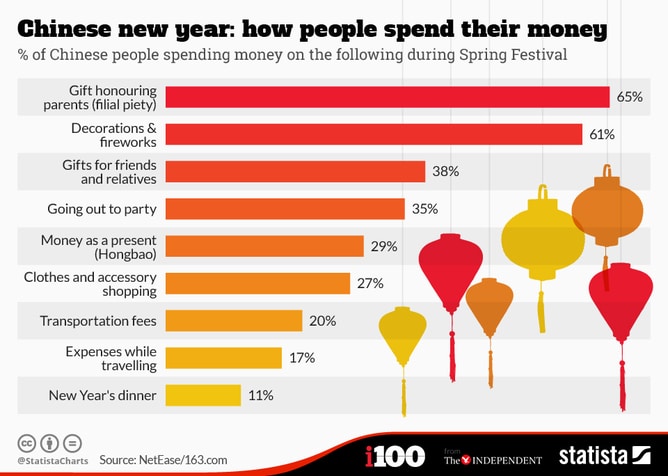Markets Reel on China Exports Crash, IMF Cautions
American and Chinese markets suffered a setback after Chinese exports plummeted by over 25%. Exports fell by 25.4% according to official figures, while imports fell by over 14%. Both numbers are the worst seen since 2009, as Chinese consumers spend less and Chinese companies find less opportunities to sell to foreign firms.
The decline drove the International Monetary Fund (IMF) to issue another warning on global growth—the recent of several in the last few years.




